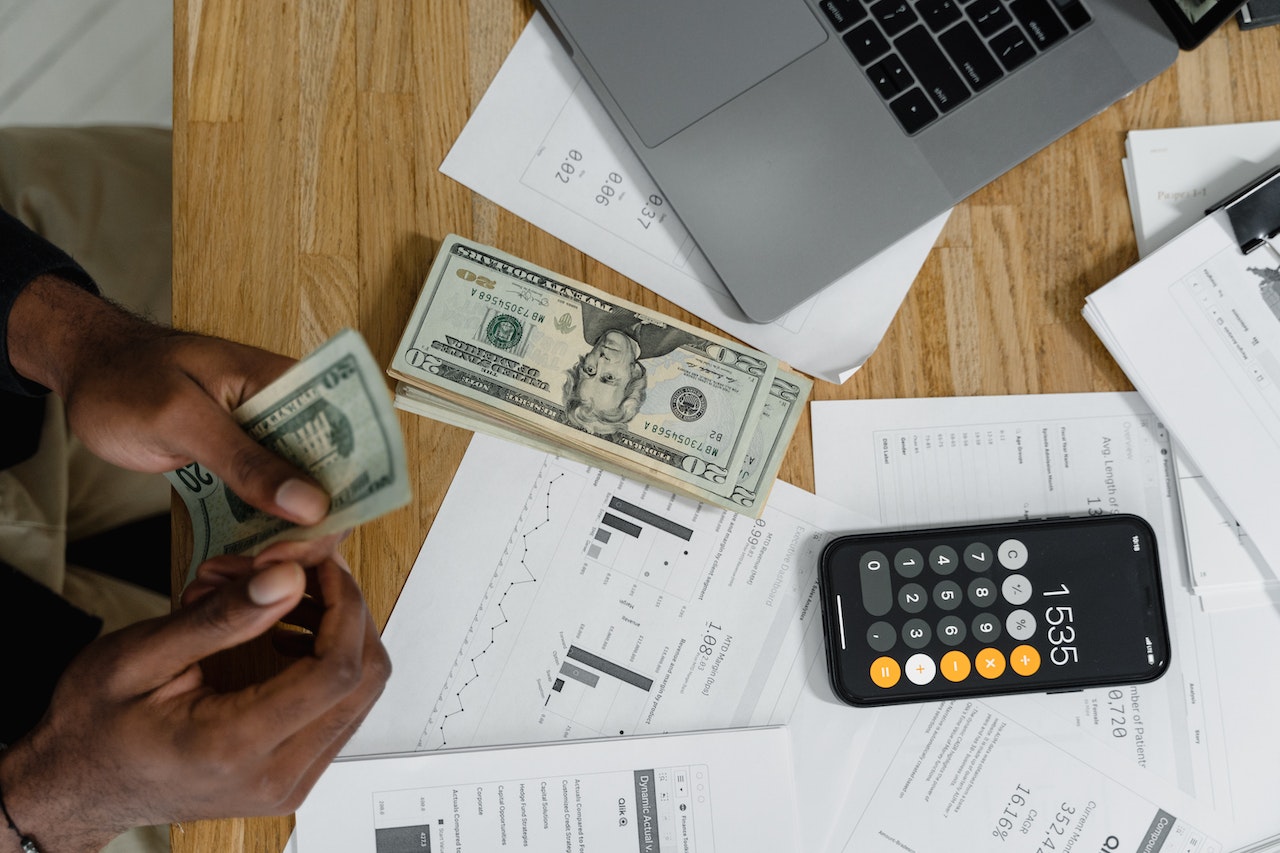Hey there, fellow house flippers! We all know that successful house flipping is a delicate dance of numbers. You need to buy low, renovate smart, and sell high to make a profit. That’s where a House Flip Calculator in Excel can be your secret weapon. In this post, we’ll guide you through what parameters you should include in your calculator formula and what to leave out to ensure your flips are a financial success.
What to Include in Your House Flip Calculator Formula
- Purchase Price: This is your starting point. Include the actual price you paid for the property.
- Renovation Costs: This is a big one. Keep a detailed breakdown of all renovation expenses, including materials, labor, and any unexpected costs.
- Holding Costs: Don’t forget about the costs of holding the property while it’s being renovated. This includes property taxes, insurance, and utilities.
- Selling Costs: Factor in real estate agent commissions, closing costs, and any other expenses associated with selling the property.
- After-Repair Value (ARV): This is crucial. Determine the estimated value of the property after renovations. Research similar properties in the area for an accurate ARV.
- Financing Costs: If you’re using a loan, account for interest payments and loan origination fees.
- Timeline: Calculate the number of months it will take to complete the flip. Holding costs can add up if your project drags on.
- Profit Margin: Decide on your desired profit margin, typically a percentage of the ARV.
- Contingency Fund: Always have a buffer for unexpected expenses. Many experts recommend at least 10% of your total budget.
What to Exclude from Your House Flip Calculator
- Emotional Decisions: Don’t let emotions dictate your budget. Stick to the numbers, and don’t overspend on fancy finishes or unnecessary upgrades.
- Overly Optimistic Projections: Be conservative in your estimations. Don’t assume the market will always go up or that your property will sell immediately.
- Hidden Costs: Remember to account for all expenses, even the ones that might slip your mind, like permit fees or inspection costs.
- Shortcuts on Quality: Cutting corners on quality can lead to costly mistakes down the road. Invest in good materials and craftsmanship.
- Market Fluctuations: While you can’t predict the market’s every move, you can mitigate risk by being prepared for a downturn.
- Ignoring Neighborhood Trends: Be aware of the trends in the neighborhood. Don’t over-improve for the area.
Bonus Tips for Your House Flip Calculator:
- Use Templates: Excel offers many house flip calculator templates that you can customize to suit your needs.
- Keep Records: Detailed records of all expenses and transactions are crucial for accurate calculations.
- Regular Updates: Update your calculator as new expenses arise or timelines change.
- Consult Experts: Don’t hesitate to seek advice from real estate professionals or experienced house flippers when creating your calculator.
In conclusion, building a House Flip Calculator in Excel can be a game-changer for your house flipping projects. Include all the essential parameters we’ve discussed, and avoid letting emotions or wishful thinking skew your numbers.
Now, if your head is spinning just thinking about all these parameters, don’t fret. There’s an easier way, and that’s where WorthFlipping comes in. Our software is designed by experienced house flippers, for house flippers. It includes a built-in calculator that takes all these factors into account, and more. With the right calculations, you’ll be on your way to flipping houses with confidence and profitability. Happy flipping!

